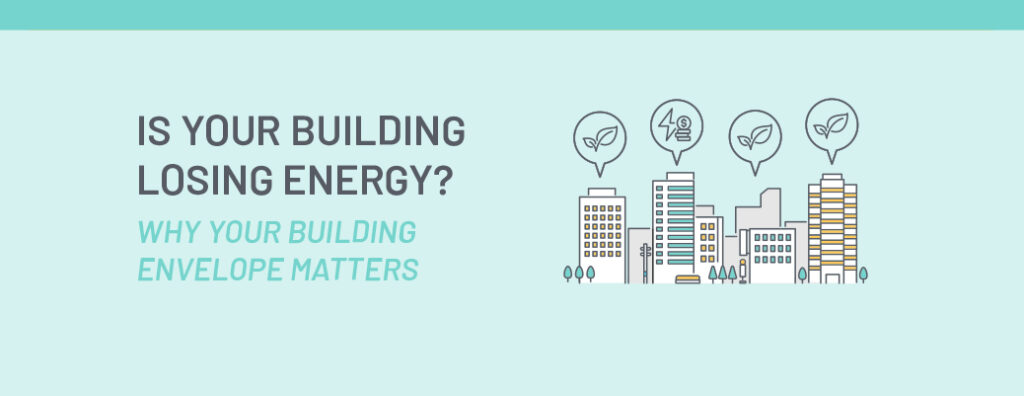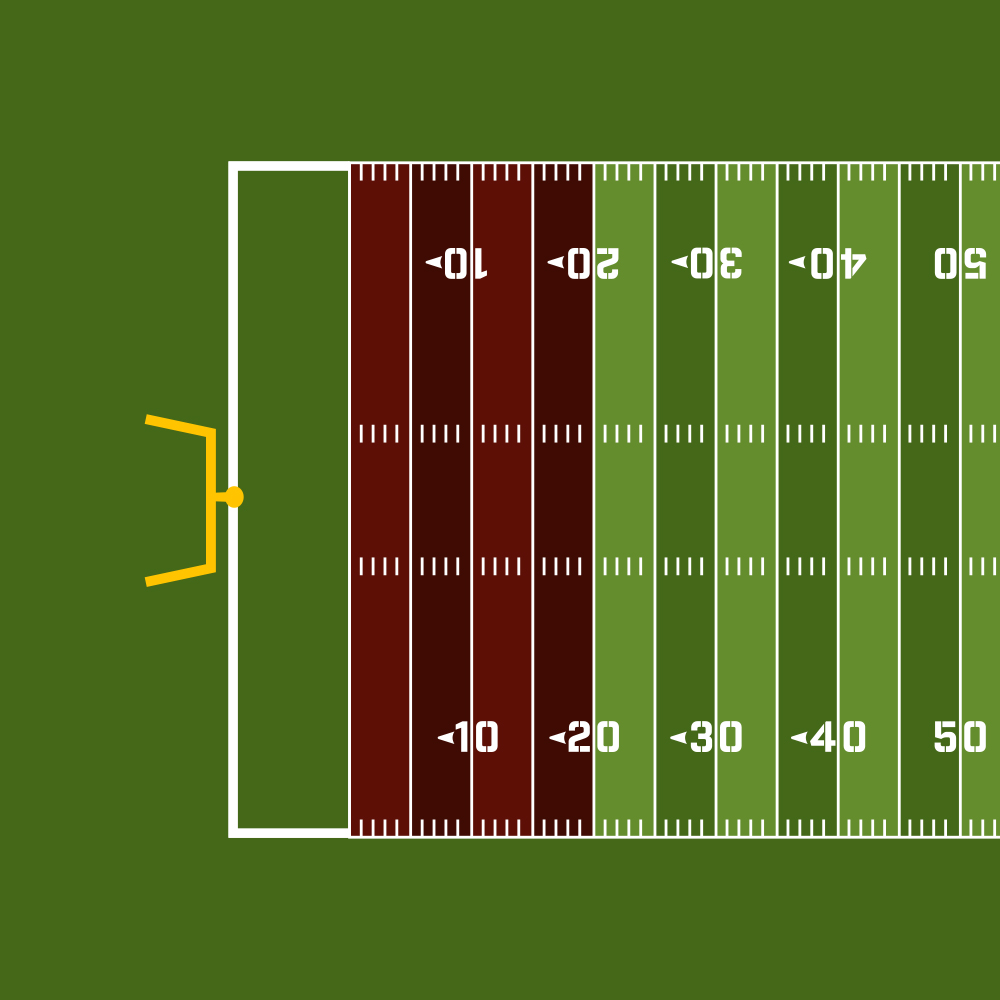
Building Envelope Commissioning (BECx) is vital to the building process. It ensures the effective environmental separation between the interior and exterior of a building. Critical components like walls, windows, doors, and roofing are evaluated to avoid the substantial energy loss that can occur if the building envelope isn’t adequately commissioned. You can think of building envelope commissioning as the “health check” for a building’s outer shell. If the building envelope is not functioning properly, enhancements to other systems will yield less-effective results.
As energy costs continue to rise, facility managers and engineers are looking at their building envelopes and exploring ways to enhance energy efficiency in new and existing buildings. While lighting use and mechanical systems are often the focus to lower energy consumption, a properly sealed and insulated building envelope is crucial for maintaining a comfortable indoor climate and reducing energy consumption.
I typically see two main areas where building envelopes are most vulnerable: air leakage and thermal bridging. Air leakage, such as gaps in walls and roofs, allows precious heating or cooling to escape, leading to energy waste and increased utility costs. Thermal bridging creates localized cold spots, necessitating additional heating and cooling to compensate for the inefficiency. These disruptions arise from materials interrupting insulation, causing unnecessary strain on HVAC systems.
Here are the five most common air leakage and thermal bridging construction errors I see and some strategies to address them:
1. Lack of Airtight Roof-to-Wall Transitions
When it comes to air tightness, roof-to-wall transitions are often overlooked. The exterior wall air barrier must seamlessly connect to the roof membrane or the roof air barrier (if a separate air barrier is used). However, challenges may arise when different manufacturers provide these materials, leading to compatibility issues. In such cases, a transition membrane compatible with both materials is needed to maintain air tightness.
2. Inadequate Sealing of Penetrations and Openings
Insufficient sealing of penetrations and openings can be a significant source of energy loss in buildings. Roof and wall structures must be carefully sealed to the air barrier before the cladding is installed. Often, construction trades do not confirm that conduits, boxes, ducts, piping, or structural elements penetrating the exterior wall have been correctly installed before the start of air barrier installation. It is crucial that the air barrier installation and sealing of all penetrations are complete and adequately inspected and tested before being covered by the wall cladding and roofing materials.
3. Foundation-to-Above-Grade Air Barrier Discontinuity
Another common error is overlooking the importance of foundation-to-above-grade air barrier continuity. To ensure energy efficiency, the exterior wall air barrier should securely overlap and seal to the foundation waterproofing. This overlap and seal is critical in preventing air leakage and reducing energy loss. Utilizing a transition membrane compatible with both materials may be required to maintain the continuity and durability of the air barrier.
4. Impact of Field Thermal Bridging
Conductive materials used for cladding and insulation supports frequently interrupt the continuity of the insulation, compromising energy efficiency and resulting in field thermal bridging. For instance, continuous metal girts installed on 16″ or 24″ centers can reduce the effective R-value of the insulation by 50% and increase the risk of condensation on interior surfaces during cold weather. Field thermal bridging significantly contributes to energy loss as it affects exterior surfaces horizontally and vertically, often covering large areas of the building enclosure. To combat these challenges, it is essential to employ intermittent clips or non-conductive materials to support insulation and cladding, ensuring the continuity of the thermal protective layer.
5. Linear Thermal Bridging at Slab Edges
Linear thermal bridging at slab edges is another prominent issue leading to building energy loss. The edge of the slab or a brick shelf attached to it can interrupt the continuous insulation, resulting in substantial heat loss. This, in turn, can lead to dew point issues and condensation at the floor or ceiling of the perimeter walls during cold weather. To mitigate this problem, implementing strategies such as holding back the edge of the slab and mounting relief angles on intermittent brackets to allow for continuous insulation will minimize linear thermal bridging.
By effectively addressing these five common construction errors, builders and designers can significantly reduce energy loss through the building enclosure, leading to more energy-efficient and sustainable buildings. Prioritizing air tightness, sealing penetrations and openings, ensuring foundation-to-above-grade air barrier continuity, and mitigating thermal bridging will enhance energy performance and create a more comfortable and healthier indoor environment for building occupants. As we strive towards a greener and more sustainable future, these measures in construction practices can play a vital role in reducing the carbon footprint of buildings and contributing to a more energy-efficient built environment.
Download a copy of this blog here.




